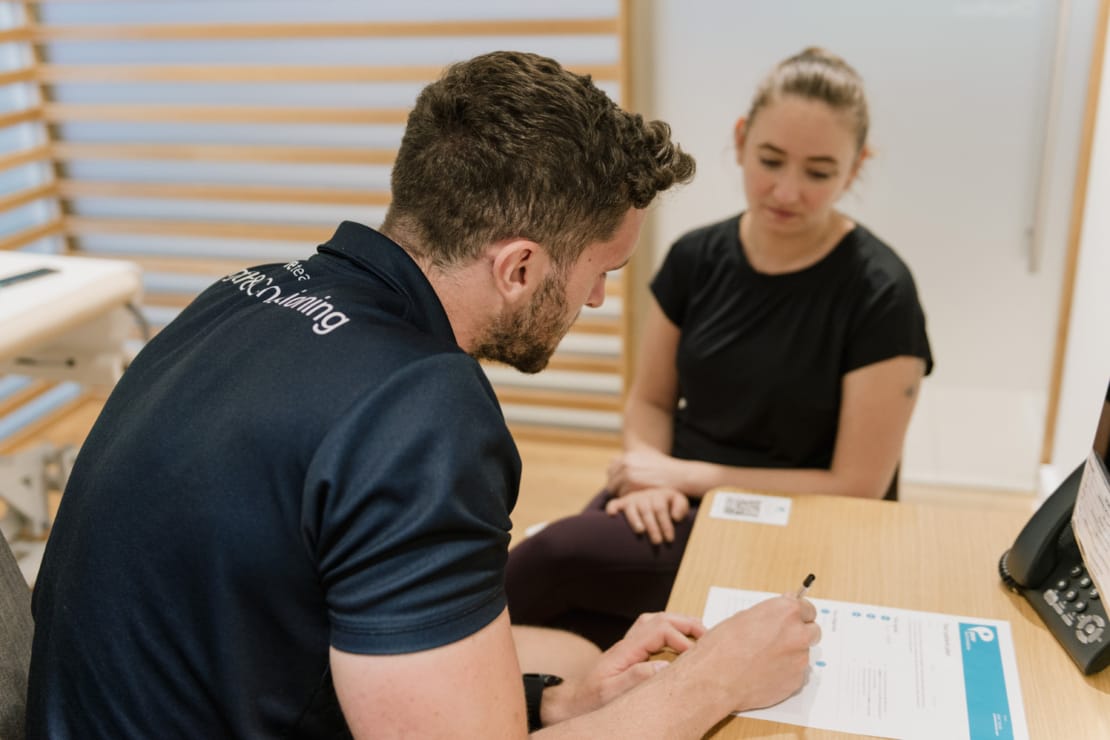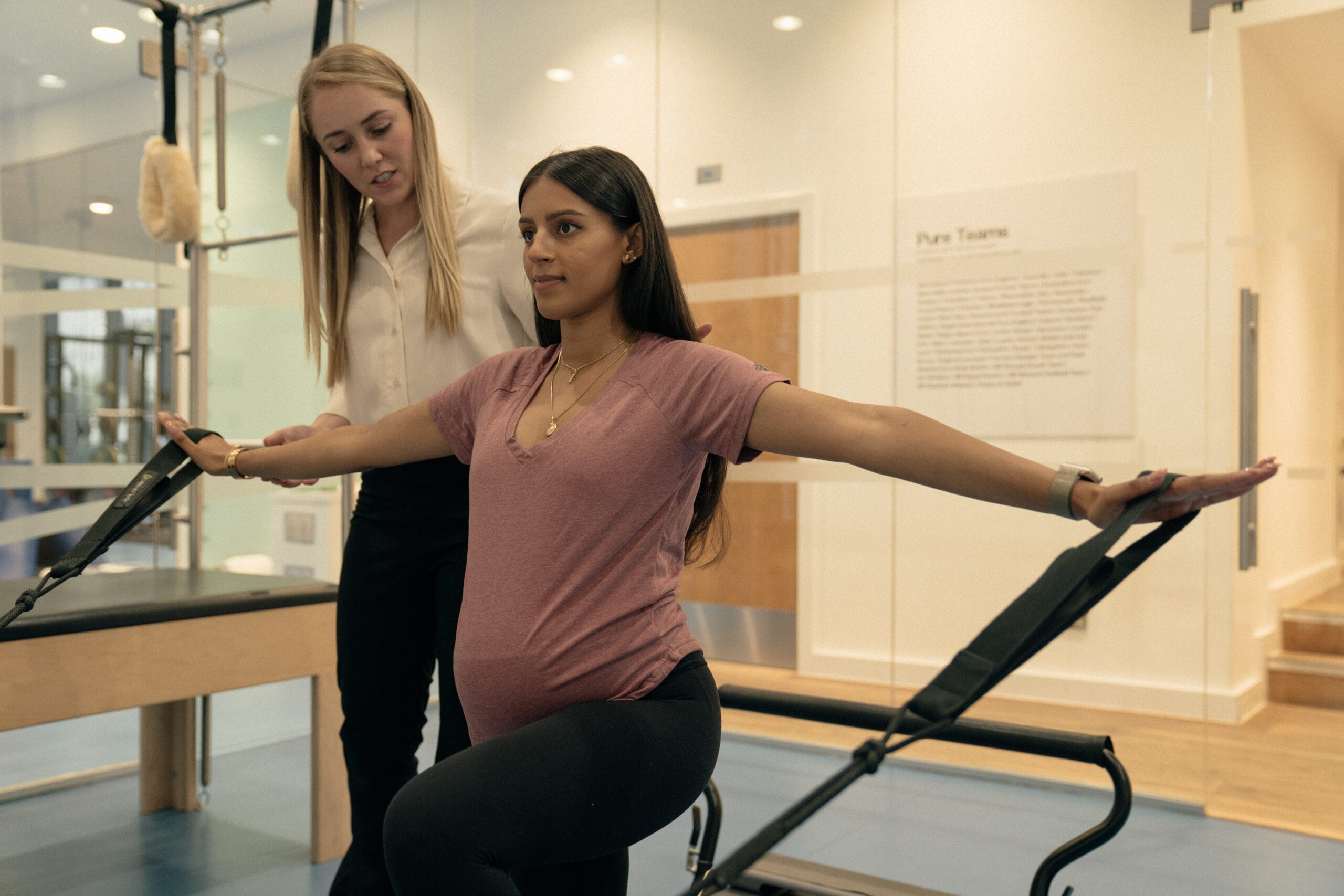Heat, Hot Flushes & Training: Your Real-World Thermoregulation Playbook

Dr Sarah Rollins
Consultant in Sport, Exercise & Musculoskeletal Medicine
- 27 October, 2025
- Exercise & Musculoskeletal Medicine
- Menopause
- Women's Health
- 6 min read
If you’ve ever tried to push through a workout while feeling like your internal thermostat is at its maximum, you’re not alone. For many women in their 30s, 40s, and beyond, exercise doesn’t just raise their heart rate but collides with hormonal changes that can trigger hot flushes, night sweats, and an overall sense that their body’s cooling system has gone off-piste. Around 80% of women will experience hot flushes during perimenopause, and they can persist for up to a decade or longer. These hormonal changes significantly affect the thermoregulatory system, making exercise feel more challenging than it used to.
Hot flushes are most likely during the late perimenopausal and early postmenopausal stages of reproductive ageing, and their frequency and intensity can vary. However, with the right strategies, you can train smarter, manage heat more effectively, and keep moving with confidence.
This guide is your real-world thermoregulation playbook, offering practical, science-backed advice to manage heat and hot flushes while training
Heat Hits Women Differently
During exercise, your muscles generate heat, and the body will normally respond by increasing blood flow to the skin, opening pores, and sweating to cool down. For women, especially during perimenopause and menopause, the body is juggling additional factors. Fluctuating oestrogen and progesterone levels can disrupt your body’s thermostat, making temperature regulation less systematic. One moment you’re comfortable, and the next, you’re peeling off layers just sitting at your work desk!
External heat, such as running in the summer sun or taking a hot yoga class, combined with internal heat from exercise and hot flushes, can create the perfect recipe for feeling like you are overheating. Recognising these factors is the first step toward managing them effectively.
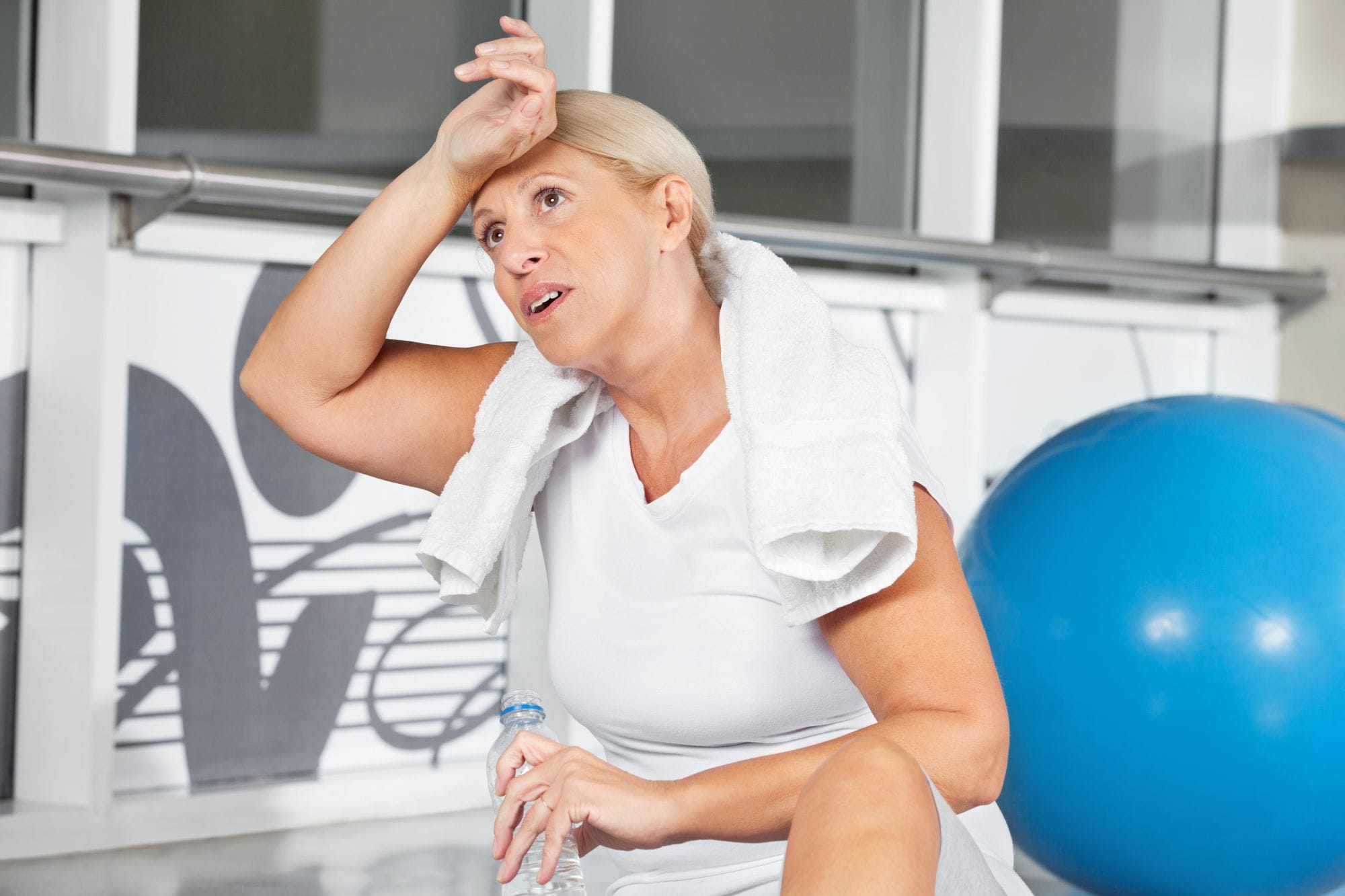
Hot Flushes & Training: What’s Really Happening?
Hot flushes are sudden waves of heat, often accompanied by a racing heart, sweating, and sometimes dizziness. They occur because hormonal changes affect the hypothalamus, part of the brain responsible for regulating body temperature. During menopause, the drop in oestrogen makes the hypothalamus more sensitive, causing the body to overreact to even small temperature changes. These temperature-related reactions are known vasomotor symptoms, a term that covers both hot flushes and night sweats.
Up to 74% of women in Europe experience vasomotor symptoms during perimenopause, among the other troublesome symptoms of insomnia, fatigue, joint or muscle pain, and other discomforts. Nonetheless, exercise remains a powerful tool, as regular physical activity can positively influence the endocrine system, including oestrogen levels, support your cardiovascular health, and reduce cholesterol levels.
Studies have also found that consistent exercise improves hot flushes and night sweats while also enhancing emotional and mental well-being. Over time, training can be a practical way to manage mild to moderate symptoms, particularly for women who prefer to avoid medication.
Here’s the reassuring truth: you don’t have to stop training. You just need the right toolkit.
Dr Sarah Rollins, Consultant in Sport, Exercise and Musculoskeletal Medicine explains: “Vasomotor symptoms are one of the most well-known symptoms of the menopause and can be very distressing, not least because they can cause visible signs, which can be distressing, for example, in the workplace or when out.”
“Treatments for hot flushes range from self-management strategies to medication, and there are a growing number of non-hormonal (i.e. non-HRT) medications available for those who don’t want to take hormone-based therapies or have a history a history of breast cancer or another contraindication. For those women who want to discuss medical management, the best way is to speak to a menopause specialist doctor.”
The Real-World Thermoregulation Playbook
Get Your Body Ready
Before exercising, it’s important to prepare your body properly. A good warm-up helps your muscles and cardiovascular system adjust gradually, reducing the risk of triggering a hot flush mid-workout.
At Pure Sports Medicine, our Sports Physiotherapy team often builds pre-training routines that incorporate strategies to reduce fatigue and keep your performance on track.
Smarter Hydration
In the UK, the Eatwell Guidelines recommend drinking 6–8 glasses of water per day. The British Dietetic Association (BDA) further specifies that adult men should consume up to 2,000ml of fluids daily, while adult women should aim for up to 1,600ml. However, these recommendations apply under normal conditions and do not account for additional needs due to factors such as exercise, pregnancy, or hot and humid environments.
Our Performance Coaching at Pure Sports Medicine can help you structure training sessions around hydration, nutrition, and recovery that support your individual physiology.
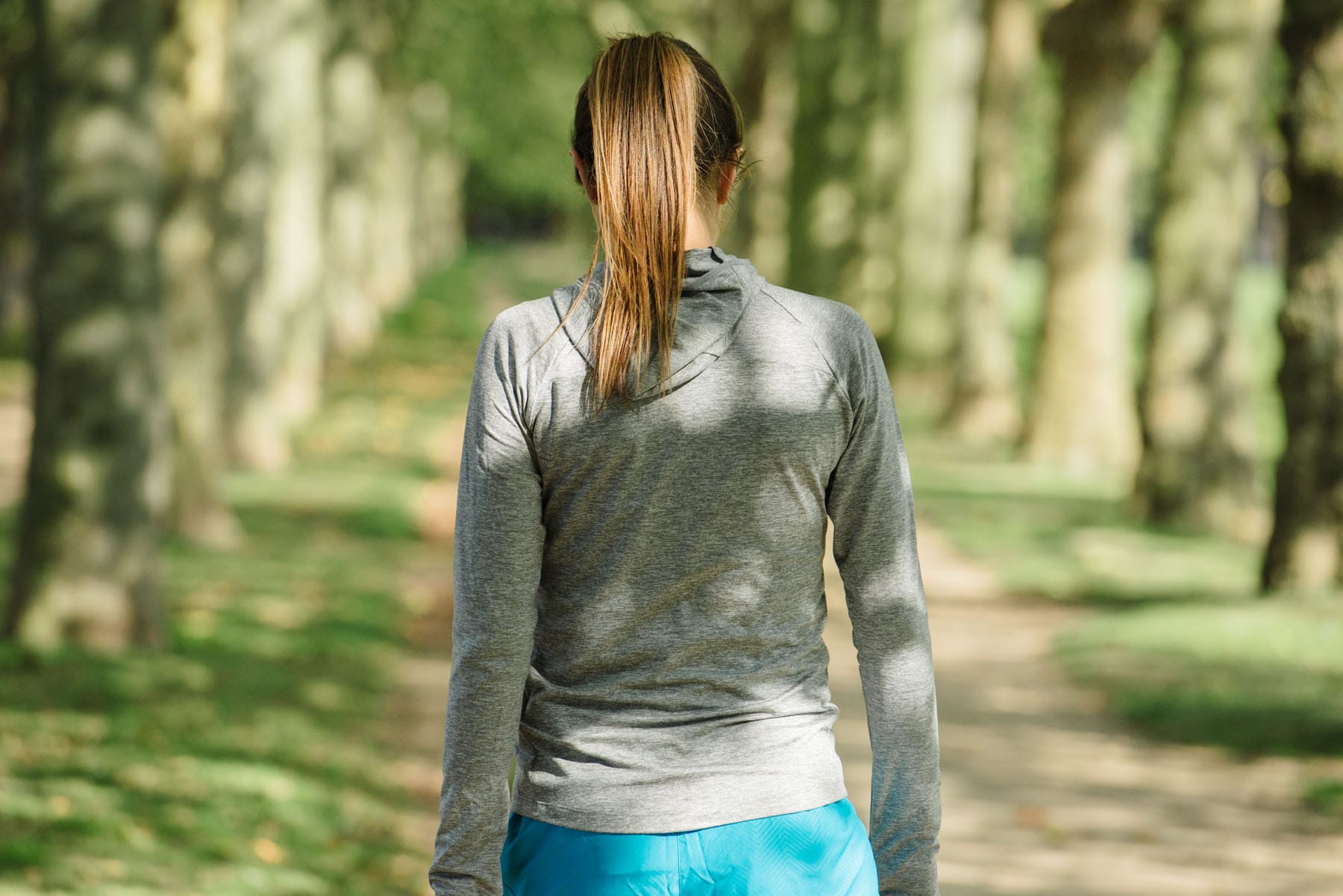
Dress for Success
Your choice of clothing can make a real difference to your sporting performance. Lightweight, breathable fabrics that wick away moisture can help your body to cool down naturally, while lighter colours reflect heat better than darker hues. Although popular for everyday wear, avoid cotton when exercising, as this material tends to trap sweat and can raise your core temperature further.
Timing is Everything
It’s essential to pay attention to when you train. If your hot flushes occur predominantly in the afternoon, consider early mornings or evening workouts when your body temperature is naturally lower so that you are more comfortable. On hotter days, indoor sessions in cooler or air-conditioned environments are also a smart swap.
Recovery Matters More Than Ever
Post-training recovery is just as important as your workout. Gentle walking or stretching helps regulate heart rate and circulation, while a cool shower or bath lowers core temperature more effectively than simply sitting still. If night sweats disrupt your sleep, lighter bedding, a fan, or breathable sleepwear can make a noticeable difference.
Our Strength & Conditioning coaches at Pure Sports Medicine integrate recovery strategies into personalised programmes, helping your body adapt and thrive. Strength exercises can be beneficial for improving bone density and hormonal and metabolic responses such as heart rate, blood pressure and hot flushes.
“The Chief Medical Officer’s guidelines recommend that everyone includes at least two strength-training sessions per week for overall health,” explains Dr Rollins. “Strength is all about muscle — and muscles are vital. They’re not just for movement; they act as an endocrine organ, releasing hormones both locally and into the bloodstream. They also play a key role in protecting against metabolic conditions like diabetes, as they literally draw sugar from your bloodstream once muscle sugars (glycogen) have been used for energy.”
“During peri- and menopause, women naturally lose muscle mass, making resistance training especially important. The old notion that women should stick to cardio while men lift weights is long outdated. Women belong in the weights room too — building strength and maintaining it is essential. But just as important as training itself are your rest days. Muscles need time to recover and repair after resistance work, as that’s when the real strengthening happens.”
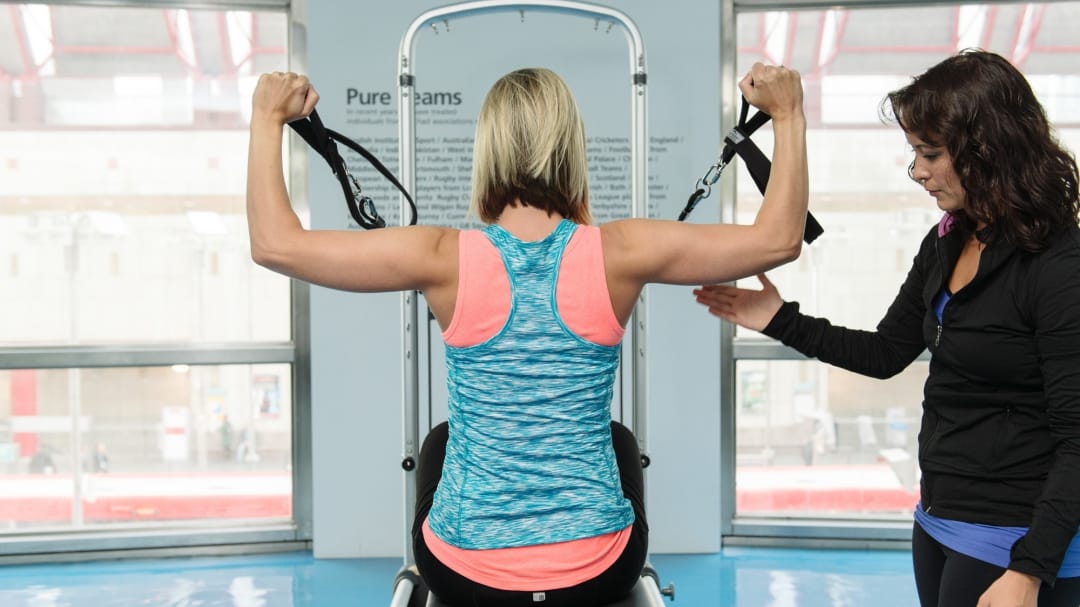
When Heat Becomes a Warning Sign
It’s normal to feel hot during vigorous exercise, but there are some symptoms that should make you pause:
- Dizziness or light-headedness
- Nausea
- Extreme fatigue or confusion
- Heavy sweating followed by sudden chills
These can be signs of heat exhaustion. If you experience them, stop training, cool down, and hydrate. If symptoms persist, seek professional advice.
At Pure Sports Medicine, our Sports Medicine Consultants and Women’s Health Physiotherapists are specialists in recognising when symptoms are part of normal hormonal changes and when further investigation is needed.
Case Study: Training Through Hot Flushes
Beth is a 45-year-old training for her first half marathon. She loved completing her long runs but dreaded the sudden waves of heat that left her drenched and drained.
Working with our multidisciplinary team at Pure Sports Medicine, Sarah adjusted her training times to early mornings, added electrolytes for hydration, and used cooling strategies before runs. Her Physiotherapist also built a strength programme to improve her endurance and recovery.
The result? She crossed the finish line feeling accomplished — not burnt out!
The Long Game: Training Through Life Stages
Perimenopause and menopause don’t mean pressing pause on your fitness goals! Now is more important than ever to maintain a structured training programme and feel your very best. Training through heat and hot flushes isn’t about pushing through discomfort blindly — it’s about working with your body, not against it.
Regular Strength and Conditioning sessions will help to maintain bone density and muscle mass, which is often lost during this period. Cardiovascular exercise supports your heart health, while regular mobility work, such as Pilates keeps joints supple, reduces stiffness and can nourish the body through movement.
“Peri/menopause is a time of change – mostly not welcome!” notes Dr Rollins. “However, with support — more for some, less for others, there is a chance to change your future. You can choose to keep and build muscle, protecting against metabolic disease and age-related frailty. You can choose to include impact activity in your exercise plan, protecting your bones by maintaining bone mineral density. You can choose to work your cardiovascular system, supporting your heart and overall health through the complex interplay of hormones, food, gut health, and metabolism.”
Specialist Musculoskeletal & Pelvic Health Physiotherapist, Harriet Ranger, adds “Exercise can also support better sleep patterns and releases endorphins (the body’s natural ‘feel-good’ hormones), which help reduce anxiety and improve low mood, bringing benefits that go far beyond the physical.”
While hot flushes and heat can make training more challenging, with expert guidance, you can stay active, confident and resilient through every stage.
If you’re ready to create a personalised plan that balances performance, recovery, and your unique needs, book a consultation with Pure Sports Medicine. Our team of specialists in Physiotherapy, Sports Medicine, Strength & Conditioning, Pilates and Women’s Health can help you feel cooler, stronger, and more in control of your training journey.
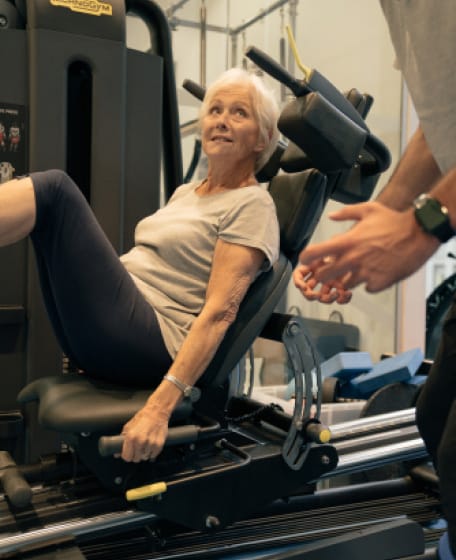
Advice
Over the last 20+ years our experts have helped more than 100,000 patients, but we don’t stop there. We also like to share our knowledge and insight to help people lead healthier lives, and here you will find our extensive library of advice on a variety of topics to help you do the same.
OUR ADVICE HUBS See all Advice Hubs
